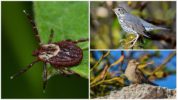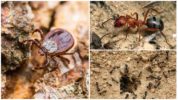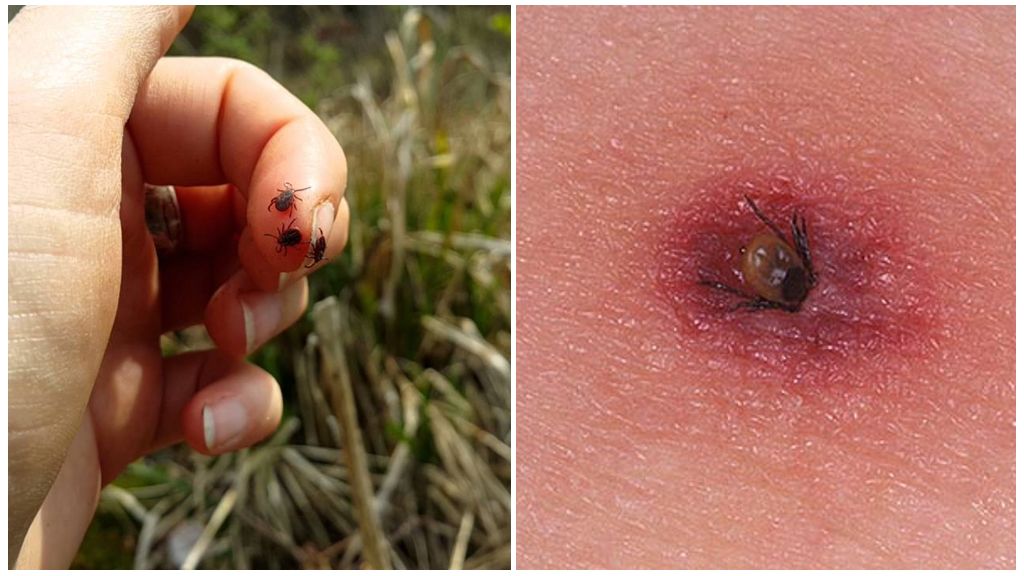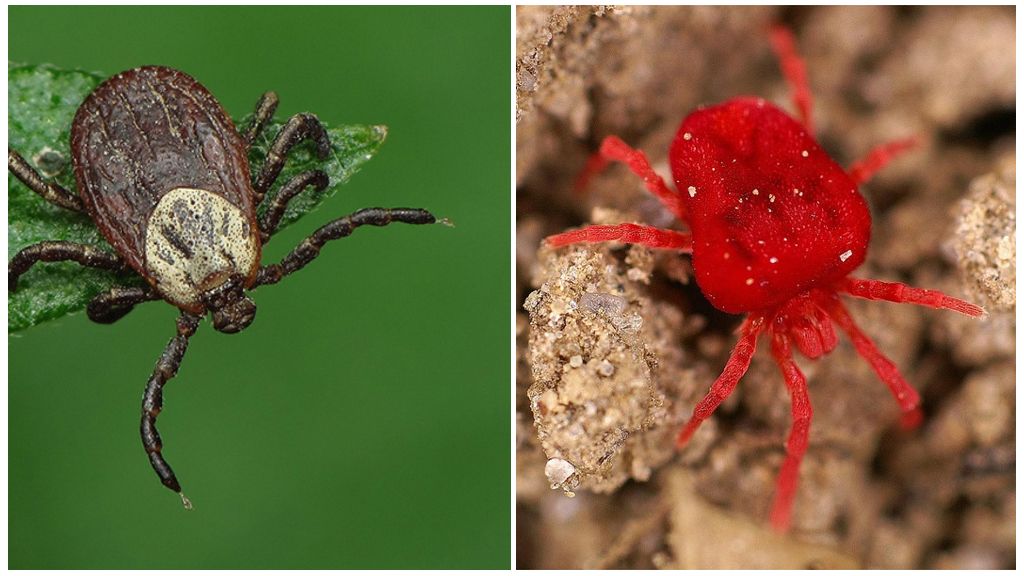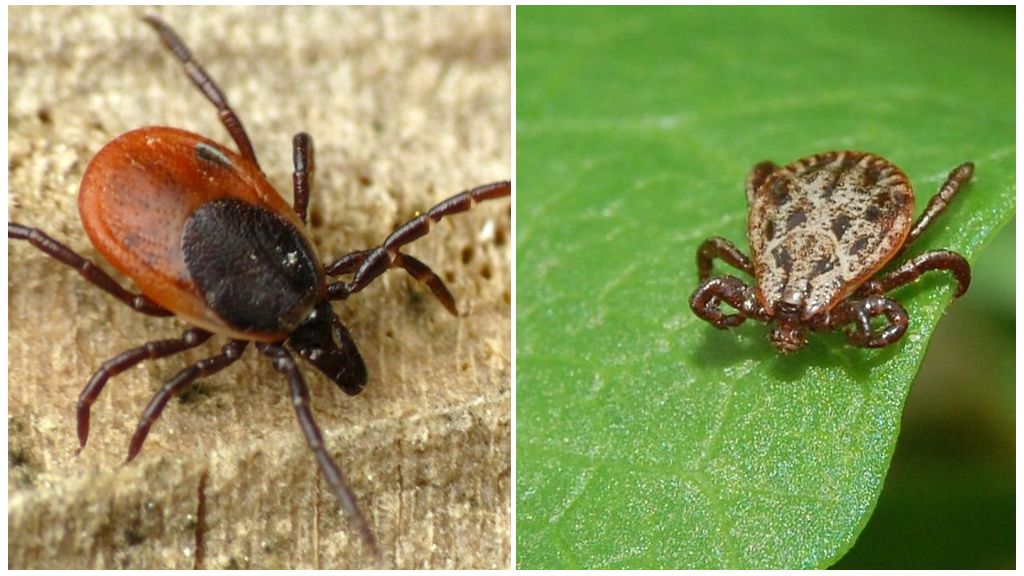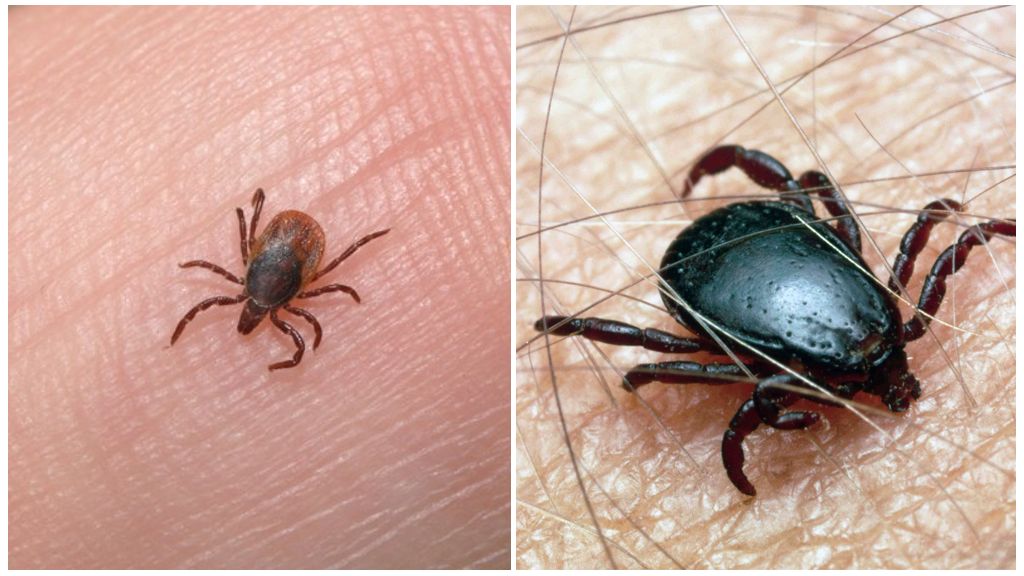- Enemies of ticks
- Ticks and Ants
Ticks appear in March, disappear at the end of October. The peak of activity occurs in May-June, September-October. Favorable conditions of existence are temperatures within 20 degrees Celsius, high humidity, tall grass, thickets, shrubs. The greatest danger to humans present ixodid ticksthat carry borreliosis, tick-borne encephalitis. They are found in the wild, city parks, squares, near the house. One of the most pressing issues is who eats ticks in nature.
Natural enemies
Ticks in the food chain are at the very bottom, so theoretically there are many who want to eat them. But judging by how intensively pest control is carried out with chemicals, the number of natural enemies is clearly not enough to stop the mass breeding.
Birds
In Russia, ixodid ticks are ubiquitous; the most dangerous zones are taiga forests. Pests feed on the blood of animals, birds, people. But they themselves often become victims of birds.
Experts say that several species of birds eat ticks:
- thrush;
- a hen;
- quail;
- black grouse;
- guinea fowl;
- tick-weaver;
- starling;
- sparrow;
- dragging.
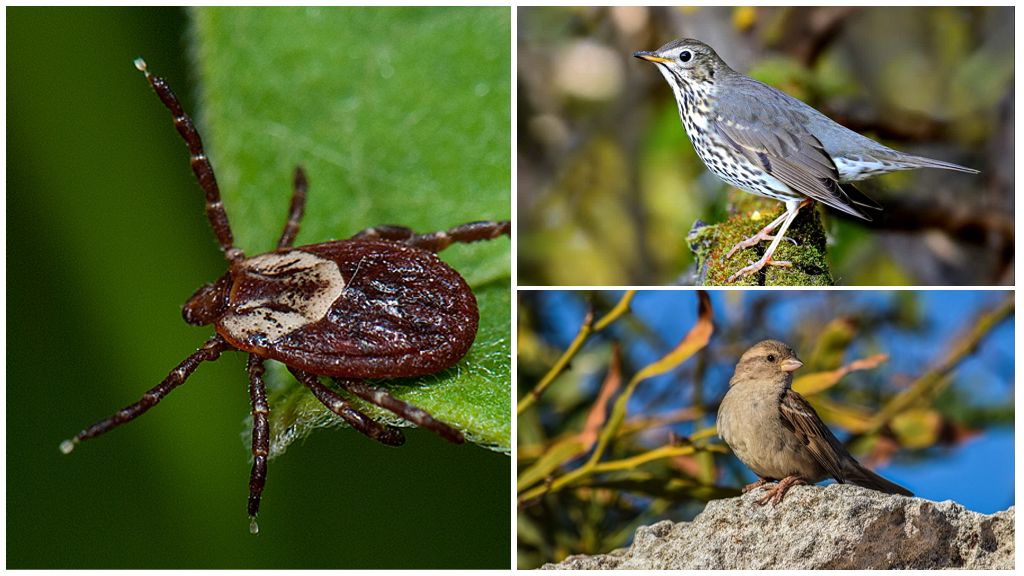
The most active helpers for humans are the familiar sparrows. IN tick activity season birds feast, but their appetites end at some point.
Interesting!
Experts have put forward the version that birds eat ticks mainly during the day, their blood attracts, which is in large quantities in the abdomen. It follows from this theory that hungry parasites have every chance of survival.
Insects
In the forest, blood-sucking pests are afraid ants. The smell of formic acid, which actively comes from a large ant hill, scares them away. In the battle, ants against ticks always win first. When a victim is found, insects give a signal to relatives, a whole colony attacks one arachnid.
Ticks and ants never live in the same territory, but active insects always find a prey several tens of meters from the anthill. The most dangerous natural enemies are large red forest ants. When fighting arachnids, they inject poison, then drag with them into the home. Ants eat ticks themselves, feed the young.
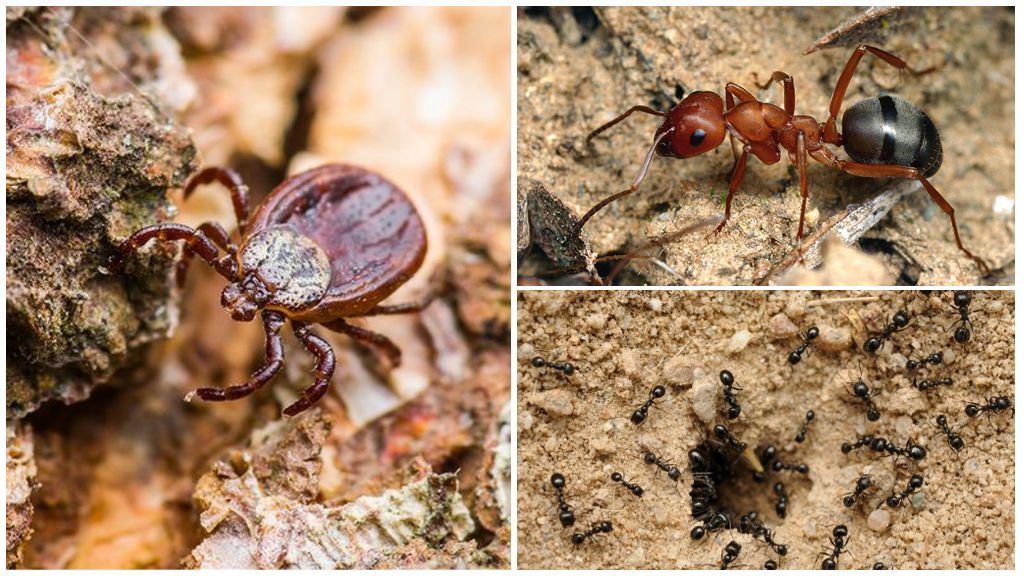
On a note!
To destroy the pest colony, to prevent their reproduction, it is recommended to mow the grass, remove last year’s foliage, twigs, and clear bushes. The soil dries up, eggs, larvae do not develop, but ants do not live in such conditions.
Among insects there are other natural enemies of ticks in nature:
- dragonfly;
- bed bugs;
- ground beetle;
- riders.
They eat blood-sucking parasites spiders.
Amphibians
The life of the tick is at risk in the forest, on the banks of the reservoirs where amphibians live. Active destroyers include frogs, toads, lizards, newts, salamanders, chameleons.
Other natural enemies
Mites feed on insects, arachnids, amphibians, but enemies are also among the plants. Repels, kills pests of tansy, pharmacy chamomile. Flowers secrete a toxin with a nerve effect. The plant does not destroy the colony of parasites, but repels a distance of several kilometers.
Ticks in nature feed on the blood of animals, birds, attack people on occasion. But they themselves often become victims of fungi. Spores reproduce in a humid environment, where there are eggs, larvae. It is the fungi that stop the mass reproduction of parasites and prevent them from developing.
Interesting!
According to experts, ticks are useful because they are the basis of the food chain. They will disappear, many species of birds, insects, animals will disappear. If we consider them from a human point of view, there is nothing useful.
